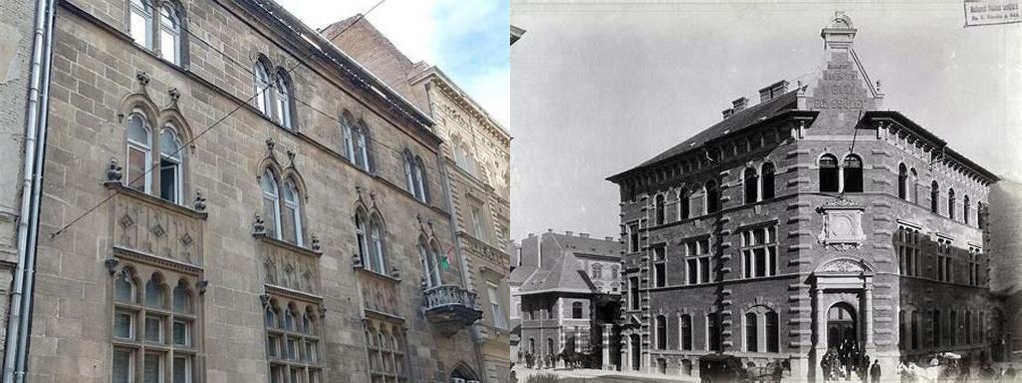
Mentőkórház, nestled inconspicuously in the picturesque Buda hills of Budapest, is the kind of hidden corner that even many locals haven’t explored. Yet its curious underground passageways and layered history offer a window into times when Hungary’s fate hung in the balance. If you’re seeking a different perspective on the city—one that reaches below both ground and skin—Mentőkórház, or the Rescue Hospital, is a site that refuses to stay on the margins of memory.
The story of Mentőkórház begins in 1882 when it opened its doors as a city-run isolation hospital, catering first and foremost to victims of infectious diseases like smallpox and diphtheria, which were all too common in bustling, growing Budapest. Medical care in the late nineteenth century was itself in its infancy, and the hospital’s architecture reflected a new spirit: its many wings, stretching into the woods, were designed with “air, light, and hope” in mind. This site, perched above busy city life, feels like a world apart—a paradoxical monument to suffering, survival, and the fringes of modern medicine. Walking its grounds today, you can sense why this isolated site was chosen: the trees muffle city sounds, and shadows lengthen over old stone.
Its greatest claim to fame, however, arrived in the twentieth century, when wartime Budapest transformed Mentőkórház into an indispensable center of emergency care. During the Second World War, particularly the Siege of Budapest in 1944-1945, its tunnels and cellars became a sanctuary for the wounded and desperate. The hospital’s staff—brave physicians and nurses worked around the clock even as shells fell above ground—managed to carry out hundreds of operations in dim, flickering lamplight. They saved soldiers, civilians, children, and sometimes even the enemy’s wounded. These cavernous corridors witnessed acts of courage and humanity, their stories humming in the faint echoes you still hear in the quiet underground.
Postwar decades brought new roles for the hospital. After the chaos of World War II, the hospital adapted to peacetime needs, later focusing on ambulance services and training. The 1956 Hungarian Revolution marked yet another dramatic chapter; as battles erupted on the streets above, Mentőkórház again became a place of refuge and healing, now for freedom fighters and bystanders caught in crossfire. The remarkable flipside of this history is its spirit of selflessness. If walls could speak, the museum’s preserved operating rooms and medical equipment—rusted scalpels, glass syringes, hospitals beds on wheels—tell of both the advances in medicine and the everyday heroism of those who worked here.
Today, Mentőkórház stands as a museum, a deeply atmospheric time capsule. Guided tours wind through the aging wards and below-ground shelters, where photos and artifacts trace the century-long evolution of emergency medicine in Budapest. The personal stories are moving: you’ll read about doctors like Dr. László Zoltán, who refused to abandon his patients during air raids, and nurses who spent weeks living in cellars to tend the dying and wounded. It’s a silent, steadfast tribute to the people behind the headlines, the unsung hands who wrote no manifestos and won no fame but changed countless lives.
Mentőkórház doesn’t dazzle with glamour. Rather, it invites visitors off the tourist track and into spaces where you can ponder resilience and solidarity in the face of disaster. Coming here, you’re reminded that even the grimmest basements of history are built on flickers of hope—on the simple, stubborn urge to help. For those who like their travel spiced with a touch of the macabre and a hefty dose of reality, this is a place to lose yourself in stories carved into stone, sealed underground—waiting for you to listen.





